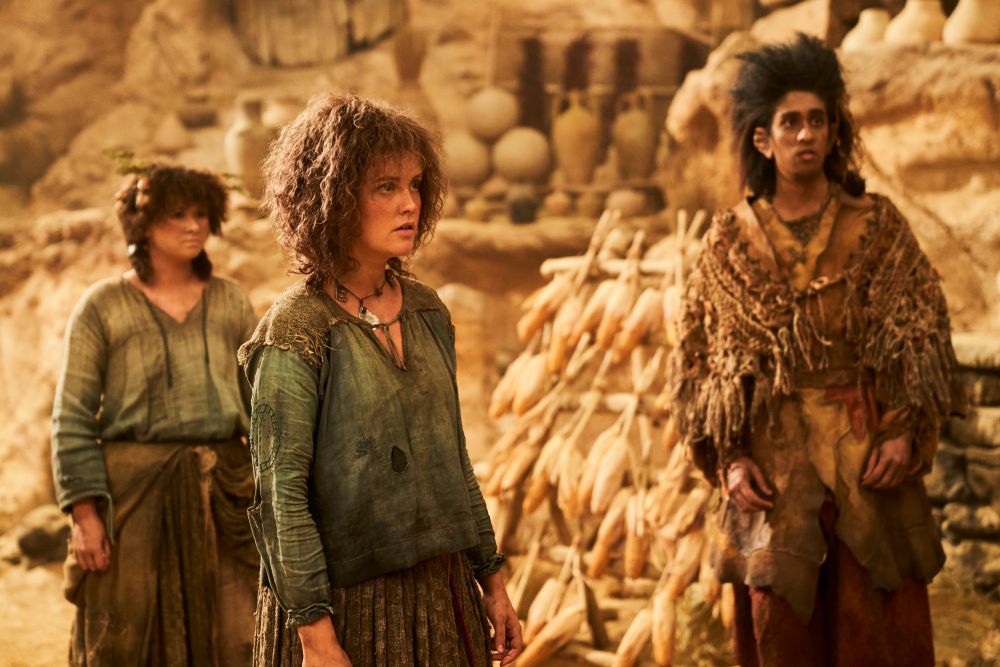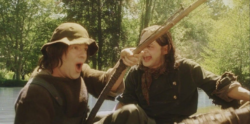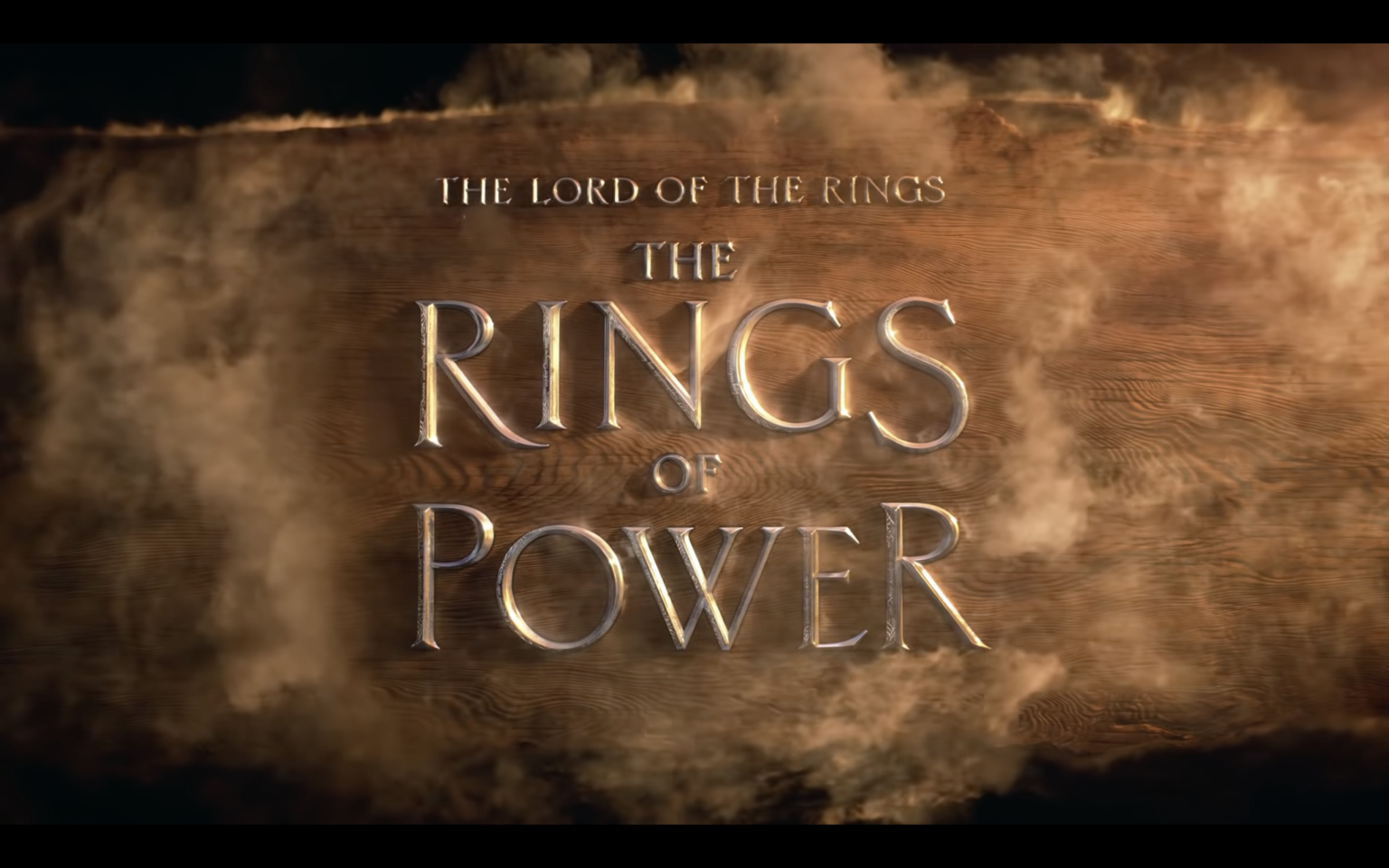Amazon Studios The Rings of Power is here. The Second season is now streaming on Amazon. We want all Spoilerites to have the best viewing experience possible and have the widest knowledge base about the Second Age of Middle-Earth. This is a weekly Let’s Get Nerdy article series highlighting a different piece of Tolkien I think you need to know about!
This post contains potential spoilers for The Rings of Power’s second season. If you may want to avoid spoilers come back later and see if I was right!
Before The Rings of Power debuted I wrote a piece for this feature series titled Who are the Harfoots? and I told you about the three different types of Halflings who would eventually interbreed to create the Hobbits who settle in The Shire during The Third Age of Middle-Earth and we know from iconic Tolkien characters like Bilbo and Frodo Baggins, Sam Gamgee, Merry Brandybuck, and Pippin Took.
In fact, it appears The Rings of Power is driving toward this with the buddy romance we saw last episode between Poppy Proudfellow (Megan Richards), and newcomer in season 2, Merimac (Gavi Singh Chera).

The Harfoots come across another settlement of Halflings who introduce themselves as “Stoors”. Like in season 1 with the Harfoots, we’re going to explore the answer to: Who are the Stoors?
Per Tolkien’s book canon, Stoors didn’t come from Rhûn, as they do in the second season of The Rings of

Power, they come from the Vales of Anduin and were a riverside people from the Gladden Fields working primarily as fishermen. An easy way to imagine them, if you are familiar with The Lord of the Rings film trilogy is to think of the Riverfolk – the race Sméagol and Déagol came from.
Since they were, in fact, Stoors.
Stoors are the “broadest” and “heaviest” of all Hobbits. This can easily be interpreted as the strongest as well. These characteristics were passed down to the Brandybuck clan – who we know Merry from. Stoors were also the last of the three Hobbit classes to settle in The Shire following first the Harfoots, then Fallohides, their descendants landing in Buckland and closer to Bree.
Tolkien gives away his etymological inspiration for these characters by calling them “Stoors”. In Early English stor or stoor means “large, strong”.

Seeing them led by Tanya Moodie’s Gundabel as desert dwellers is quite a divergence from the original book canon. What The Rings of Power does nail about The Stoors is the remoteness of their lifestyle. Even through The Third Age of Middle-Earth there is a Stoor settlement that remains isolated and hasn’t integrated into the larger hobbit society. In fact, Bilbo Baggins plays an important role in bringing these remaining Stoors into the folds of The Shire.



